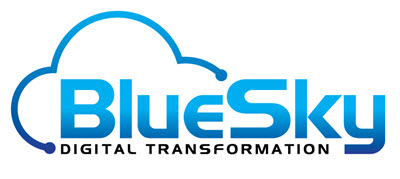Writing C# code for Dynamics 365 opens up numerous possibilities within the platform. It enables the ability to update data in Dynamics (Dataverse) and facilitates integration scenarios, such as connecting external systems with Dynamics. However, one of the common challenges we encounter is the dependency on the .NET version utilized by Dynamics, which currently mandates .NET 4.6.2 and entails several dependencies. These dependencies can present problems, particularly in larger projects. Surprisingly, even for a simple C# application, the list of dependencies can become quite extensive. To make matters worse, one of the dependencies, Microsoft.IdentityModel.Clients.ActiveDirectory, has been deprecated.
How do we get around so many dependent packages? What if we want to run our code under a newer .NET version like 6.0 or .net core 3.1? The good news is that we now have a great solution called Dataverse Client. The code is available on: GitHub PowerPlatform DataverseServiceClient
What’s really nice is that there are only two dependencies to run a simple console application:
DataverseCRUD.cs
Here is a sample CRUD program that connects to Dynamics 365, then create an account, read the account, update it and then delete it.
using System; using Microsoft.PowerPlatform.Dataverse.Client; using Microsoft.Xrm.Sdk; using Microsoft.Xrm.Sdk.Query; using Microsoft.Extensions.Configuration; namespace DataverseClientCRUD { class Program { static void Main(string[] args) { var builder = new ConfigurationBuilder() .AddJsonFile("appsettings.json", true, true); IConfiguration config = builder.Build(); string connectionString = config["ConnectionStrings:MyCRMServer"]; using var serviceClient = new ServiceClient(connectionString); CRUD(serviceClient); } private static void CRUD(ServiceClient serviceClient) { //Create Console.WriteLine("**** Create ****"); Entity account = new Entity("account"); account["name"] = "ABC Corporation"; account.Id = serviceClient.Create(account); //Read Console.WriteLine("**** Read ****"); Entity readAccount = serviceClient.Retrieve( entityName: account.LogicalName, id: account.Id, columnSet: new ColumnSet("name") ); Console.WriteLine("Retrieved account name: {0}", readAccount["name"]); //Update Console.WriteLine("**** Update ****"); account["name"] = "ABC Corp"; serviceClient.Update(account); //Delete Console.WriteLine("**** Delete ****"); serviceClient.Delete(account.LogicalName, account.Id); serviceClient.Dispose(); } } }
appsettings.json
Create an appsettings.json file in Visual Studio and set the file to copy to output directory:
{ "ConnectionStrings": { "MyCRMServer": "AuthType=ClientSecret;Url=https://XXXX.crm.dynamics.com;ClientId=XXXX;ClientSecret=XXXX" } }
A big thanks to Marius Pothmann for his blog post: Access Dataverse Web API from .NET Core with Microsoft.PowerPlatform.Dataverse.Client

No comment yet, add your voice below!